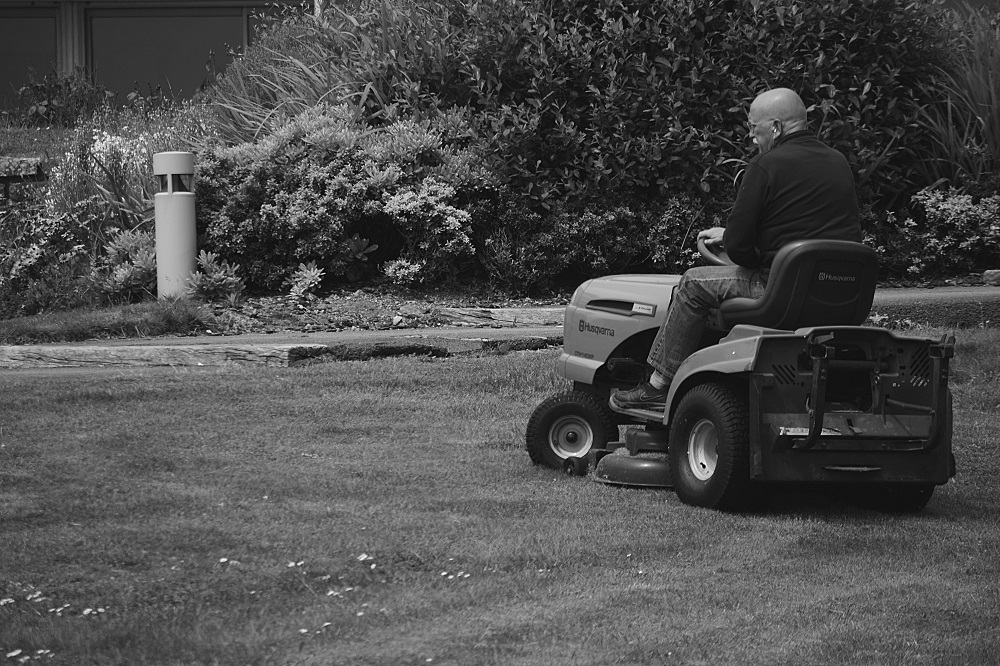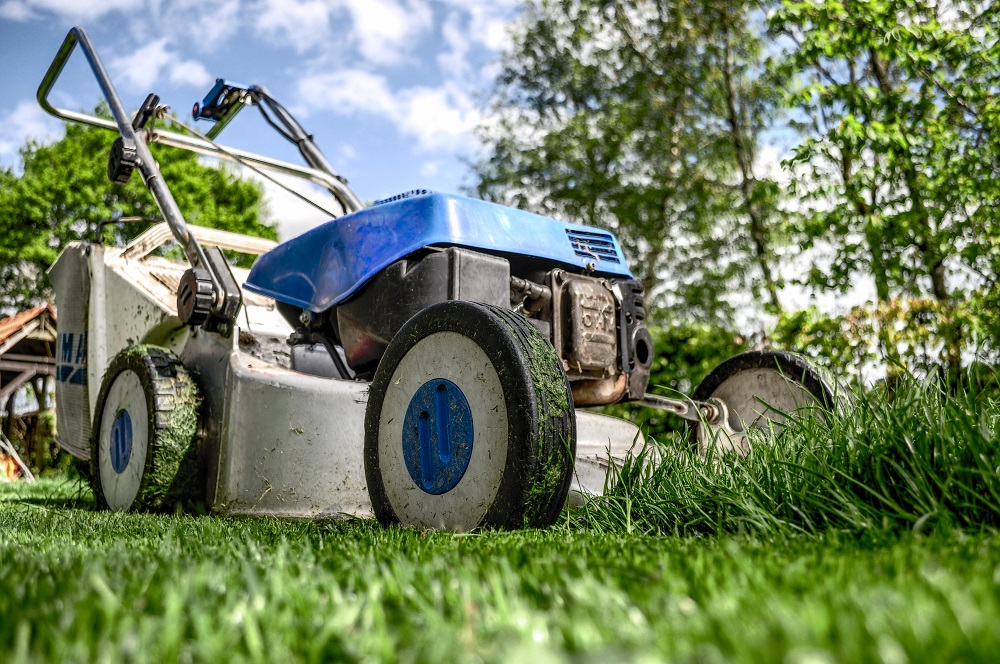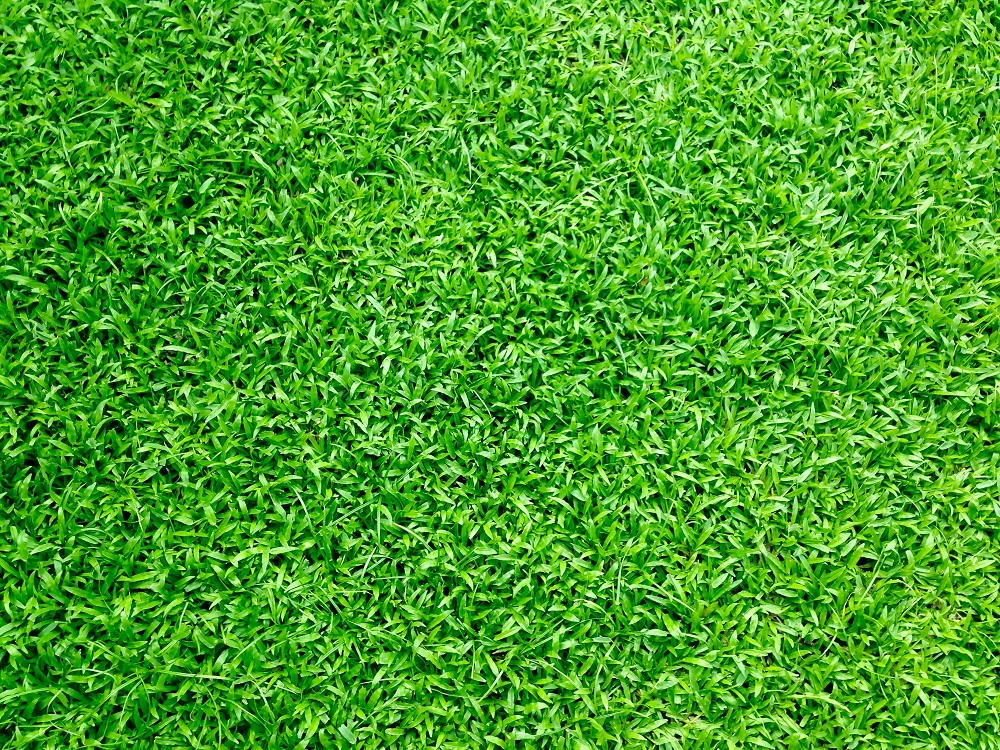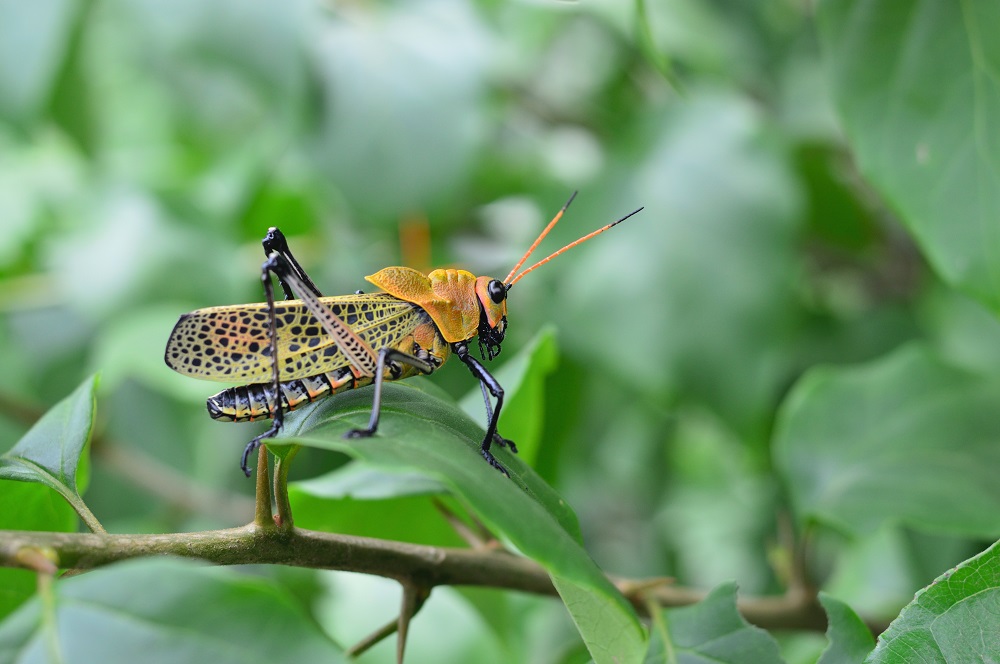Lawn Care for Beginners: A Step-by-Step Guide to Starting and Maintaining a Beautiful Lawn

A lush, green lawn can be the envy of your neighborhood and a source of pride for any homeowner. Whether you’ve just moved into a new house or you’ve never really paid much attention to your lawn before, starting and maintaining a healthy, vibrant lawn is a rewarding and achievable goal. In this step-by-step guide, we’ll walk you through the basics of lawn care for beginners, so you can create and maintain a beautiful lawn that enhances the curb appeal of your home.
Step 1: Assess Your Lawn
Before you start any lawn care project, it’s essential to assess the current state of your lawn. This will help you identify any issues and determine the best course of action. Here’s what you should look for during your assessment:
Grass Type
The first thing to determine is the type of grass you have in your lawn. Different grass varieties have unique care requirements. Common grass types include Bermuda, Kentucky Bluegrass, Zoysia, and Fescue. If you’re unsure, you can take a small sample of your grass to a local nursery for identification.
Soil Quality
A soil test is crucial to understand the composition of your soil, its pH levels, and nutrient content. You can purchase a soil testing kit from a local garden center or have a professional soil test done. Soil tests provide valuable information for fertilization and pH adjustment.
Shade and Sunlight
Observe the amount of sunlight your lawn receives throughout the day. Some grass types thrive in full sun, while others are more shade-tolerant. Knowing your lawn’s sun exposure will help you select the right grass variety and adjust your care routine accordingly.
Lawn Size and Shape
Measure your lawn’s dimensions to estimate the area you need to care for. A larger lawn will require more time and effort to maintain, so keep this in mind when planning your lawn care schedule.
Existing Issues
Look for any existing problems, such as weeds, pests, or diseases. Identifying these issues early will help you address them more effectively.
Step 2: Choose the Right Grass
Selecting the right grass variety for your lawn is a critical decision. The choice should be based on factors such as your climate, soil type, and maintenance preferences. Here are some popular grass types and their characteristics:
1. Bermuda Grass
- Ideal for warm, sunny climates.
- Known for its drought resistance and heat tolerance.
- Requires frequent mowing during the growing season.
- Thrives in well-drained, sandy soils.
2. Kentucky Bluegrass
- Suitable for cool-season regions with moderate to cold winters.
- Creates a lush, dense carpet of grass.
- Requires regular watering and fertilization.
- Does well in full sun to partial shade.
3. Zoysia Grass
- Best for warm to hot climates.
- Drought-tolerant and low-maintenance.
- Establishes a dense, weed-resistant turf.
- Thrives in well-drained soils.
4. Fescue Grass
- Suited for cool-season regions with mild summers.
- Tolerates some shade and cool temperatures.
- Requires consistent watering.
- Grows well in a variety of soil types.
Choose the grass variety that best suits your region and the growing conditions in your lawn. If you’re unsure, consult with a local nursery or extension service for recommendations.
Step 3: Prepare the Soil
Once you’ve determined your grass type and assessed the soil quality, it’s time to prepare the soil. Proper soil preparation sets the foundation for a healthy lawn. Follow these steps:
1. Remove Weeds and Debris
Start by clearing the lawn of any existing weeds, rocks, sticks, or debris. You can use a garden rake or a specialized lawn dethatcher for larger areas.
2. Aerate the Soil
Aerating your lawn helps alleviate soil compaction, allowing air, water, and nutrients to penetrate the root zone. You can rent an aerator or hire a professional for this task.
3. Amend the Soil
Based on the results of your soil test, add any necessary soil amendments. Common amendments include lime to adjust pH levels or organic matter like compost to improve soil structure.
4. Level the Soil
Use a lawn roller or a leveling rake to create a smooth, even surface. This step is essential for uniform grass growth and a well-maintained appearance.
Step 4: Seed or Sod Installation
After preparing the soil, it’s time to establish your lawn. You have two primary options: seeding or sodding.
Seeding
- Seeding is an economical way to start a lawn.
- Choose high-quality grass seed appropriate for your region.
- Follow recommended seeding rates for even coverage.
- Apply seed evenly and rake it into the soil at the appropriate depth.
- Water the seeded area thoroughly and keep it consistently moist until grass germinates.
Sodding
- Sod provides an instant lawn but is more expensive than seeding.
- Lay the sod in a staggered pattern like bricks.
- Water the sod thoroughly after installation.
- Keep the sod well-watered until it establishes root systems.
Step 5: Watering
Proper watering is crucial for the establishment and maintenance of your lawn. Watering requirements vary depending on grass type, climate, and soil conditions. Here are some general watering guidelines:
Newly Seeded Lawns
For newly seeded lawns, water lightly but frequently to keep the soil consistently moist. Watering several times a day may be necessary. As the grass matures, reduce the frequency of watering but increase the amount applied each time.
Established Lawns
Established lawns typically require about 1 inch of water per week, either from rainfall or irrigation. Water deeply and infrequently to encourage deep root growth. Early morning is the best time to water, as it allows the grass to dry before evening, reducing the risk of disease.
Drought-Tolerant Grass
Some grass varieties, like Bermuda and Zoysia, are more drought-tolerant and require less water. These grasses may thrive with less frequent watering but should still receive sufficient moisture during dry spells.
Step 6: Fertilization
Fertilizing your lawn provides essential nutrients for healthy growth. The type and timing of fertilization depend on the grass type and your region.
Seasonal Fertilization
- Spring: Apply a balanced, slow-release fertilizer in early spring to promote new growth and green-up.
- Summer: Use a summer-specific fertilizer that contains less nitrogen to avoid stressing the grass during hot months.
- Fall: Apply a winterizer or fall-specific fertilizer in late autumn to strengthen the grass for the winter.
Soil Test-Based Fertilization
For more precise fertilization, consider a soil test. It will provide recommendations on the type and amount of fertilizer your lawn needs, which can help you avoid over-fertilizing, which can harm the grass and the environment.
Step 7: Mowing
Regular mowing is an essential part of lawn care. It not only keeps your lawn looking neat but also encourages healthy grass growth. Here are some mowing tips for beginners:
Mowing Height
The ideal mowing height varies depending on the grass type:
- Bermuda Grass: Mow at 1/2 to 1 inch.
- Kentucky Bluegrass: Mow at 2 to 2.5 inches.
- Zoysia Grass: Mow at 1 to 2 inches.
- Fescue Grass: Mow at 2.5 to 3 inches.
Never cut more than one-third of the grass blade length in a single mowing, as this can stress the grass.
Sharp Blades
Keep your mower blades sharp to ensure clean cuts. Dull blades can tear the grass, leaving it vulnerable to diseases and stress.
Mowing Frequency
Mow your lawn based on grass growth, not a fixed schedule. Typically, you’ll need to mow once a week during the growing season. Adjust the frequency if the grass is growing more or less quickly.
Clippings
Leave grass clippings on the lawn as they decompose and provide natural nutrients. This practice is known as “grasscycling.”
Step 8: Weed Control
Weeds can quickly overtake a lawn if left unchecked. Here are some strategies for effective weed control:
Hand Pulling
For a small number of weeds, hand pulling is an effective method. Make sure to remove the entire root to prevent regrowth.
Herbicides
Selective herbicides can target specific weed types without harming your grass. Read and follow the label instructions carefully when using herbicides.
Pre-emergent Herbicides
Pre-emergent herbicides prevent weed seeds from germinating. Apply them in the spring and fall to stop weeds before they become a problem.
Proper Lawn Care
Maintaining a healthy lawn through proper watering, mowing, and fertilization can prevent weeds from taking hold.
Step 9: Pest and Disease Management
Keep an eye out for common lawn pests and diseases, including grubs, chinch bugs, and fungal diseases. Early detection is key to effective management. Here are some steps to address these issues:
Identify the Problem
Learn to recognize the signs of common lawn pests and diseases, such as brown patches, yellowing grass, or insect activity.
Choose Appropriate Control Methods
For pests, you may need to use insecticides or nematodes. For diseases, choose fungicides or cultural practices like proper watering and aeration.
Seek Professional Help
If the problem is severe and you’re unsure how to address it, consult a local lawn care professional for guidance and treatment options.
Step 10: Aeration and Overseeding
Over time, your lawn may become compacted, reducing air and water circulation to the grass roots. Aeration involves perforating the soil with small holes to alleviate compaction. This should be done every 1-3 years, depending on your lawn’s needs.
After aeration, consider overseeding your lawn to introduce new grass plants and fill in any thin or bare spots. Overseeding can help improve the overall health and appearance of your lawn.
Step 11: Seasonal Maintenance
Lawn care is a year-round commitment. In addition to the seasonal tasks mentioned earlier, consider the following maintenance for each season:
Spring
- Dethatch your lawn if necessary.
- Begin mowing and regular fertilization.
- Address any early weed issues.
Summer
- Adjust your watering schedule based on temperature and rainfall.
- Watch for pests and diseases.
- Maintain a consistent mowing routine.
Fall
- Continue mowing and reduce the mowing height for winter.
- Apply a winterizer fertilizer.
- Rake fallen leaves to prevent smothering the grass.
Winter
- Winterize your equipment and store it properly.
- Avoid walking on frozen or dormant grass to prevent damage.
Step 12: Enjoy Your Beautiful Lawn
With consistent care and attention to the steps outlined in this guide, you’ll be on your way to having a healthy, vibrant lawn that adds value to your home. Remember that lawn care is an ongoing process, and your dedication will be rewarded with a lush, green landscape that you can enjoy year-round.
Starting and maintaining a beautiful lawn as a beginner may seem daunting at first, but by breaking the process into manageable steps and learning from your experiences, you’ll be well on your way to becoming a confident and successful lawn caretaker. So, roll up your sleeves, get out in the yard, and enjoy the satisfaction of a job well done as you transform your outdoor space into a green oasis.
Generated by ChatGPT








